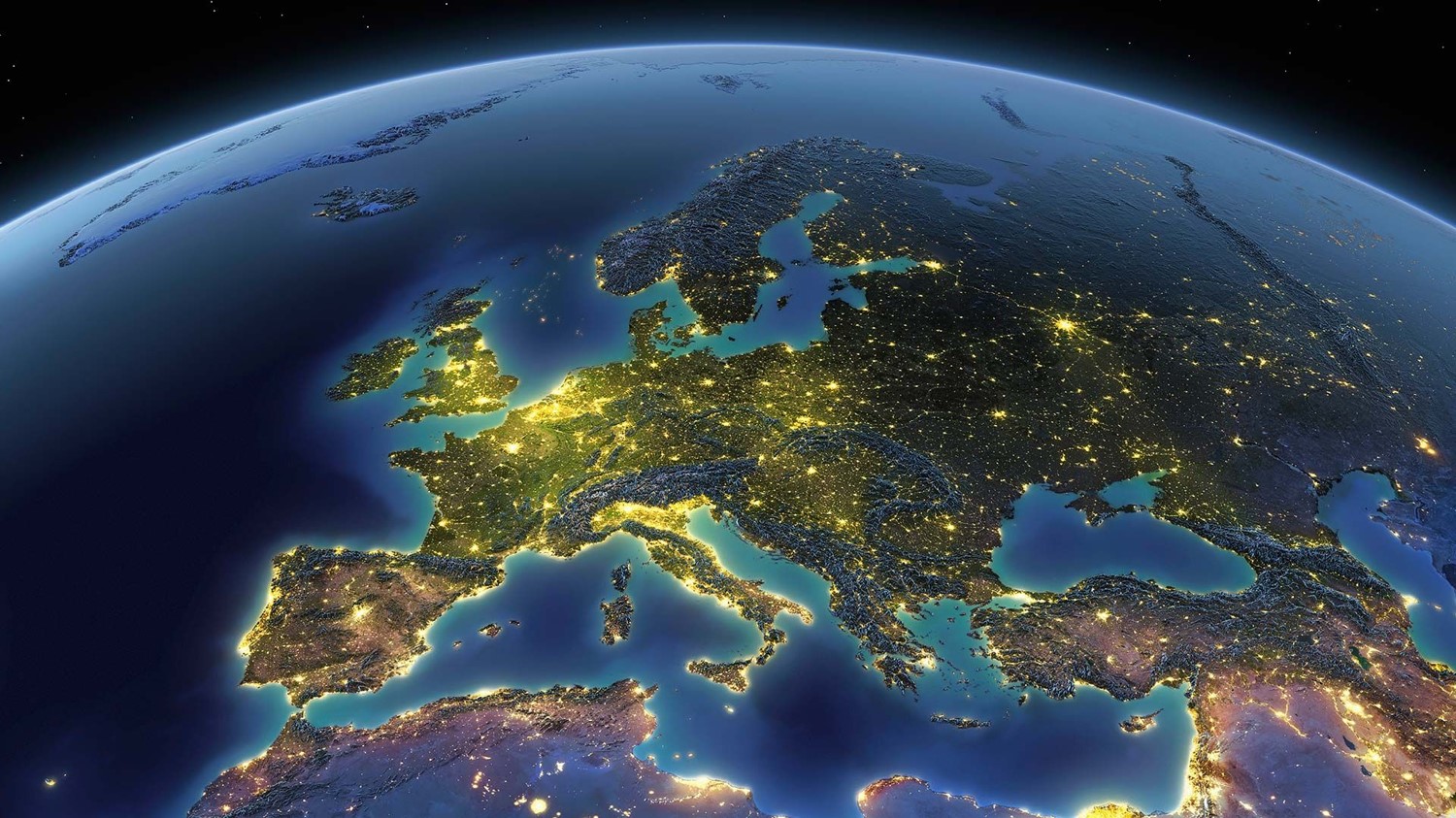
(focus on: monitoring and assessment of ecosystems quality in Arctic and Antarctic)
Polar Regions, and more generally regions of the cryosphere, play a key role in the Earth’s climate system and are changing currently at an unexpected and unprecedented rate. Regional sea level change, the release of greenhouse gases as a result of warming permafrost soils, the alteration of fresh water resources are major societal challenges in Europe and worldwide. High latitude areas harbour with particularly fragile ecosystems, where pollutants may have severe impacts on ecosystem services. Pollutant emissions are typically not very high in these regions however pollutant cycling is markedly different such as the potential for remobilisation of anthropogenic pollution from secondary cryospheric sources. Even though pollutants are mainly transported from mid-latitudes, Arctic pollutants are now already being produced locally in the Arctic (shipping, oil/gas extraction, increasing urbanization and tourism).
The goal is to cooperate with on-going initiatives and existing networks which measure atmospheric composition and its temporal changes (i.e., short-lived climate pollutants as e.g. ozone, aerosols and their precursors) and networks more focused on targeted chemical pollutants (i.e., GMOS, NADP) that are more persistent in the environment and have a significant impact on human health (i.e., PAHs, Hg, selected POPs, heavy metals) which are all subject to rigorous QA/QC protocols. This framework should combine a wealth of EO data from ground, airborne, ship and satellite platforms to create an environment in which the links between pollutant concentrations in different ecosystem compartments can be investigated, and the causal relationship between pollutant emissions and ecosystem impacts can be understood. It will provide data to an integrated cyber-infrastructure to understand the changes in atmospheric composition and pollutant deposition, how pollutant cycling changes over time, and how these changes impact ecosystems and human health.

